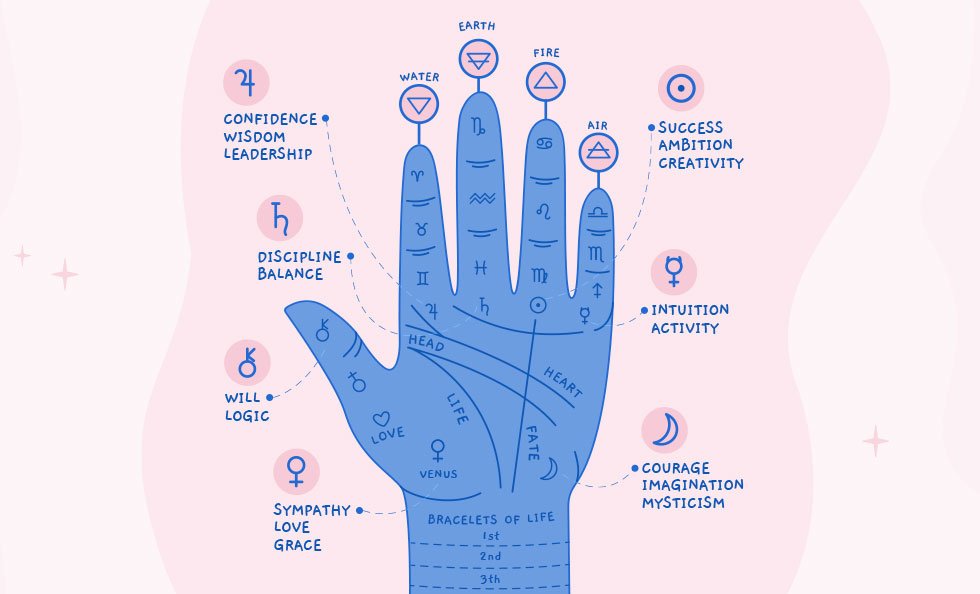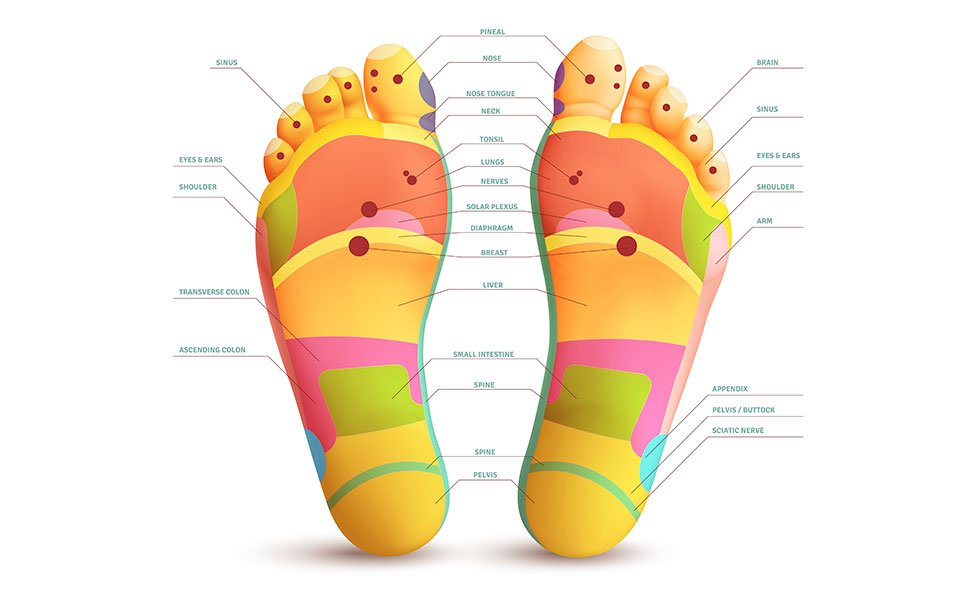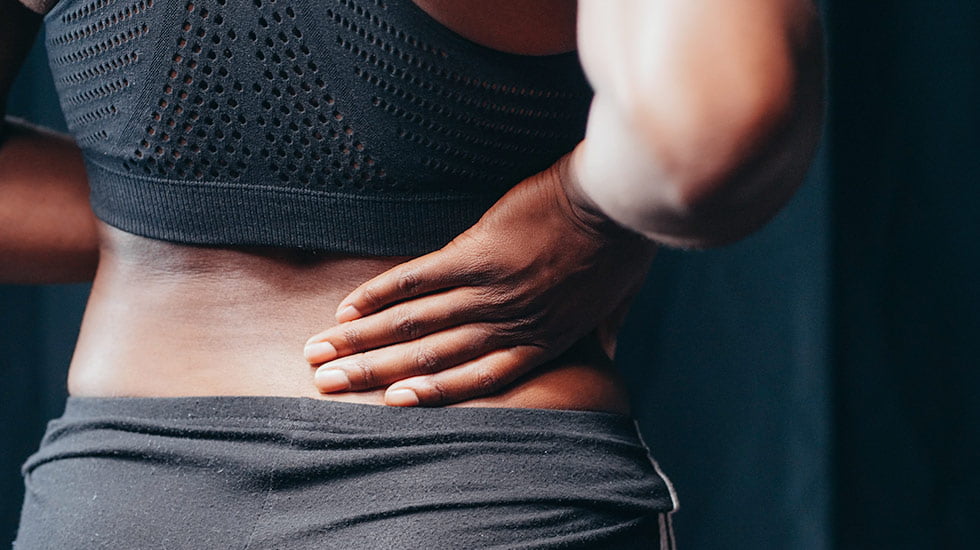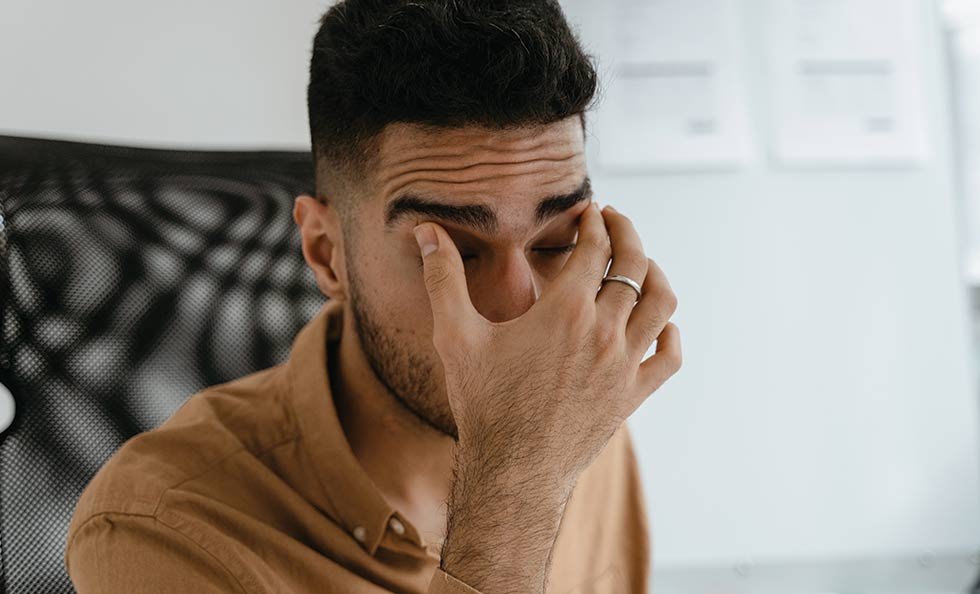This method is recommended for conditions affecting the musculoskeletal system that originate from the neurological system.
For improving general health in Europeans, tapping is a very efficient reflexology technique.
Getting the hands ready
1. Clap our hands together and vigorously rub them together to activate the hands’ regenerative vitality. Hands ought to be warm.
2. To feel the energy flow, tightly clench the palms together in the yin and yang (opposite) energy connection position (photo 1). We try to see how energy moves from one palm to another while we are blindfolded (from the center to the center, from the fingers of one hand to the fingers of the other hand).
3. We touch with all of our fingers as we roll our palms into a ball. Imagine that your fingers are exchanging hot energy while you are holding a warm red ball between your palms.
4. Next, we stretch our palms out in front of us while crossing them. We also hold the forward and reverse locks for a little period of time (photos 2 and 3, respectively)
5. Let’s now vigorously smack the edges of our palms against one another (photo 4)
6. Next, we tap the pulse point on the right hand (picture 5) with four fingers of the left hand to arouse the palm. Adjust your position to awaken your left palm.
7. Raise your hands above your head, firmly clench your palms until they hurt, and then, for 30 seconds, open your fingers abruptly.
PAT. ENHANCED SPOKES
Slaps are undoubtedly recommended for treating musculoskeletal diseases that originate in the neurological system. Additionally, they play a crucial role in the management of psychiatric issues. Patting does, however, have a variety of contraindications, just like any vigorous massage. Take them seriously since we won’t conduct the patting if at least one of the contraindications exists. But don’t worry! There are several tools in our toolbox, and we will choose the one that works best for us.
1. We unabashedly slap ourselves on the forehead, the back of the head, the neck, and the forehead again with open palms. We spank continuously, switching between the left and right hands. You must deal out at least 200 hits overall. Do not be afraid if there are no contraindications! Your relatives may be able to plainly hear the slap if the pat is strong enough. Don’t ignore the auricle and temple region.
2. After that, we slap our own necks directly with the right hand from behind (the front of the neck cannot be slapped!). sufficient, up to five minutes. In this instance, the wrist should be unrestricted and the hand should be entirely relaxed. The hand whips the neck like a whip from the wrist.
3. Slap the victim’s face for a few seconds more lightly with two open palms.
4. For 3–4 minutes, we smack the right open hand against the left shoulder girdle. Then we use the left palm to slap the right shoulder girdle. (The military wears shoulder straps over their shoulder girdle. Although it is most frequently referred to as the shoulder in daily speech, in medicine the shoulder is actually the region of the arm from the elbow to the shoulder joint.) 5. We extend our right arm in front of us in a straight line and
slap ourselves in the middle of the inside of the forearms (where the wrist meets the elbow). The left and right forearms should each be massaged for three to four minutes after we switch hands.
6. We spank the hands’ back surfaces. The exterior of the palms is where the nails on the fingers grow. You can put your foot on a chair for comfort, place a massaged hand on your knee, and then, for pleasure, strike it for three to four minutes. Next, switch palms.
7. Tilt the torso forward and simultaneously hit the knees with both palms. You can perform the exercise while sitting if you find it difficult to stand for 3–4 minutes in an angled position.
8. Next, using both hands at once, we slap the back of the legs just below the knee cavity. Clap for a few minutes as you please; you may also use this technique while seated.
9. As a final exercise, we tap the back of the foot. Make sure your muscles aren’t overworked and that you don’t feel dizzy if you performed the previous routines while standing. Sitting, extending your legs, and bending your entire body forward are all good ways to tap your feet. The spine will also experience a good stretch if, at the same time, you can progressively bring your toes forward at the conclusion of the patting, as if you were trying to run away from your hands.
10. To balance the energy flows, get up and perform a few deep squats. Three or four squats should be sufficient.
SELF-MASSAGE’S PSYCHOLOGICAL SUPPORT
At the beginning of this practice, no psychological attitudes can be formed! Forced thoughts are unnecessary during exercise and often get in the way.
Your consciousness will be entirely captured, and you’ll feel pleasure. You can practice this massage for the rest of your life if you can stand the patting for two weeks. You will start to feel healthier pretty soon after beginning the practice, and this is a sure sign that you should keep going!
Question – Response
Why don’t we pat other places instead, like the lower back?
We don’t want to devote our entire day to recuperation! The ideal massaging sites were selected, evenly spaced from the boiler with the median amount of energy.
* Healsitting.com articles are for informational and educational purposes only and do not replace professional medical advice, diagnosis or treatment. Always consult your doctor for any questions you may have about a medical condition.










